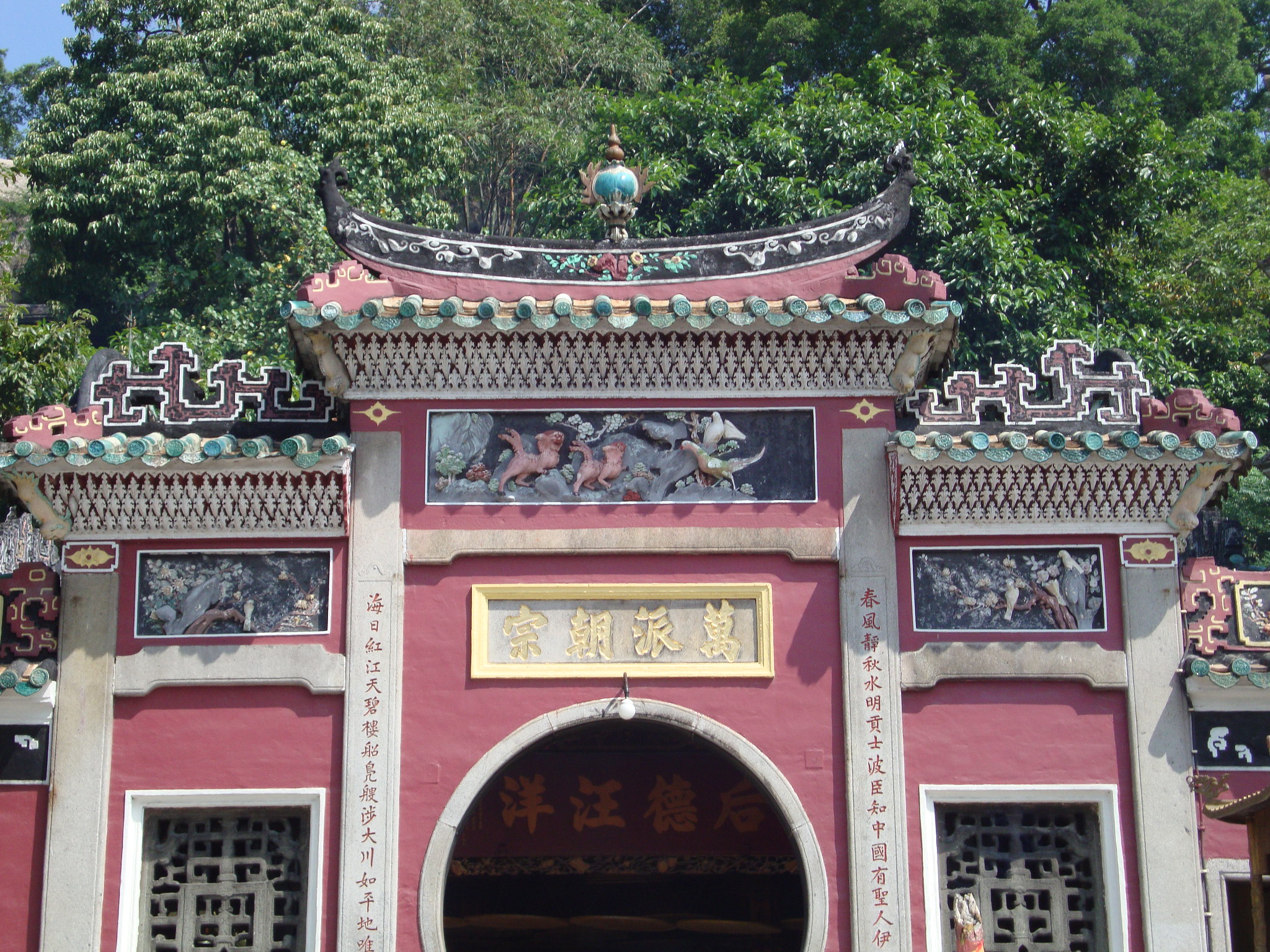A-Ma Temple, nestled in the heart of Macau, has been a hub of ancient rituals and ceremonies for centuries. This iconic structure, dedicated to the Chinese sea goddess Mazu, continues to be a focal point for both locals and tourists seeking to experience the rich tapestry of Chinese religious traditions.
As you approach the temple, the air is thick with the scent of incense, a constant reminder of the ongoing devotional practices that take place within its walls. Worshippers can be seen lighting incense sticks and offering them to the various deities housed in the temple complex. This simple yet profound act of devotion is believed to carry prayers and wishes to the heavens, connecting the earthly realm with the divine.
One of the most significant ceremonies held at A-Ma Temple is the annual celebration of the sea goddess’s birthday. This vibrant festival, typically occurring in the third lunar month, draws thousands of devotees and curious onlookers alike. The temple grounds come alive with a cacophony of sounds, from the rhythmic beating of drums to the melodious chanting of prayers. Colorful banners and intricate decorations adorn the temple, creating a feast for the eyes and a palpable sense of excitement in the air.
During this celebration, elaborate processions wind their way through the temple complex, with participants carrying ornate palanquins bearing statues of Mazu and other deities. The air is filled with the crackling of firecrackers, believed to ward off evil spirits and bring good fortune. Devotees offer a wide array of gifts to the goddess, including fruits, flowers, and even whole roasted pigs, in hopes of receiving her blessings and protection.
Another fascinating ritual observed at A-Ma Temple is the practice of kau cim, or Chinese fortune-telling. Visitors can be seen shaking cylindrical containers filled with numbered sticks, each corresponding to a specific fortune. Once a stick falls out, it is exchanged for a slip of paper containing cryptic verses that are then interpreted by temple staff or fortune-tellers. This ancient practice continues to captivate both the superstitious and the curious, offering a glimpse into potential future events or guidance for important life decisions.
The temple also plays host to numerous other ceremonies throughout the year, each tied to specific dates in the Chinese lunar calendar. These range from solemn rituals honoring ancestors to joyous celebrations of harvest festivals. One particularly intriguing ceremony is the “Ghost Festival,” held during the seventh lunar month, where offerings are made to appease restless spirits and honor deceased relatives.
As the sun sets, A-Ma Temple takes on a different character. The glow of red lanterns casts a warm light over the ancient stone structures, creating an atmosphere of mystery and reverence. Night ceremonies, though less frequent, offer a uniquely intimate experience for those fortunate enough to witness them. The quiet chanting of monks and the flickering of candles create a serene ambiance, allowing visitors to connect with centuries of spiritual tradition.
It’s worth noting that while many of these rituals and ceremonies have ancient roots, they continue to evolve and adapt to modern times. Today, you might see worshippers snapping photos with smartphones alongside those engaged in traditional practices, a testament to the enduring relevance of these spiritual traditions in contemporary society.
As you leave A-Ma Temple, the lingering scent of incense serves as a reminder of the countless rituals and ceremonies that have taken place within its walls over the centuries. This living monument to Chinese religious traditions continues to be a place where the past and present converge, offering visitors a unique window into the spiritual heart of Macau.
A-Ma Temple, located in Macau, is a significant historical and cultural landmark that has played a crucial role in shaping the region’s identity. Built in 1488 during the Ming Dynasty, the temple is dedicated to the Chinese sea goddess Mazu and has been a center of worship for centuries. Its unique architectural blend of Chinese and Portuguese influences reflects Macau’s diverse heritage. The temple’s enduring popularity among locals and tourists alike, as well as its UNESCO World Heritage status, underscores its importance as a symbol of Macau’s religious and cultural traditions. A-Ma Temple continues to serve as a testament to the city’s rich history and remains an essential part of Macau’s cultural landscape.

